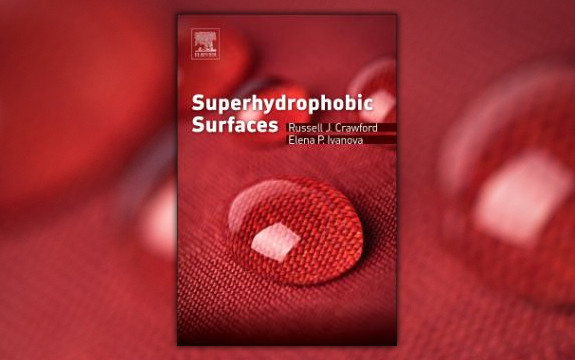The secrets of superhydrophobic surfaces revealed

In Summary
Swinburne University of Technology academics have published a new reference to aid the development of the next generation of bacteria-resistant technologies.
Surface chemist Professor Russell Crawford and microbiologist Professor Elena Ivanova have joined forces to produce Superhydrophobic Surfaces.
The book analyses the fundamental concepts of superhydrophobicity and gives insight into the design of superhydrophobic or water repelling surfaces.
Professors Ivanova and Crawford have been working on developing ground-breaking techniques to change the surface of titanium implants and develop bioactive coatings to reduce the risk of infection and rejection.
“Our investigation of the nano-scale structures present on the surface structures of insects and plants has provided new insight into the correlation between surface chemistry, surface topography and surface wettability,” Professor Crawford said.
Describing complex ideas in simple scientific language, Superhydrophobic Surfaces avoids overcomplicated equations and discipline-specific jargon.
It blends complex engineering concepts with in-depth explanations of biological principles guiding the advancement of these technologies and includes practical information for manufacturing superhydrophobic surfaces.
The book serves as a reference for the manufacturing of materials with superior water-repellency, self-cleaning, anti-icing and corrosion resistance.
It thoroughly discusses many types of hydrophobic surfaces such as natural superhydrophobic surfaces, superhydrophobic polymers, metallic superhydrophobic surfaces, biological interfaces, and advanced/hybrid superhydrophobic surfaces.
The book is published by Elsevier and costs A$212.95.

